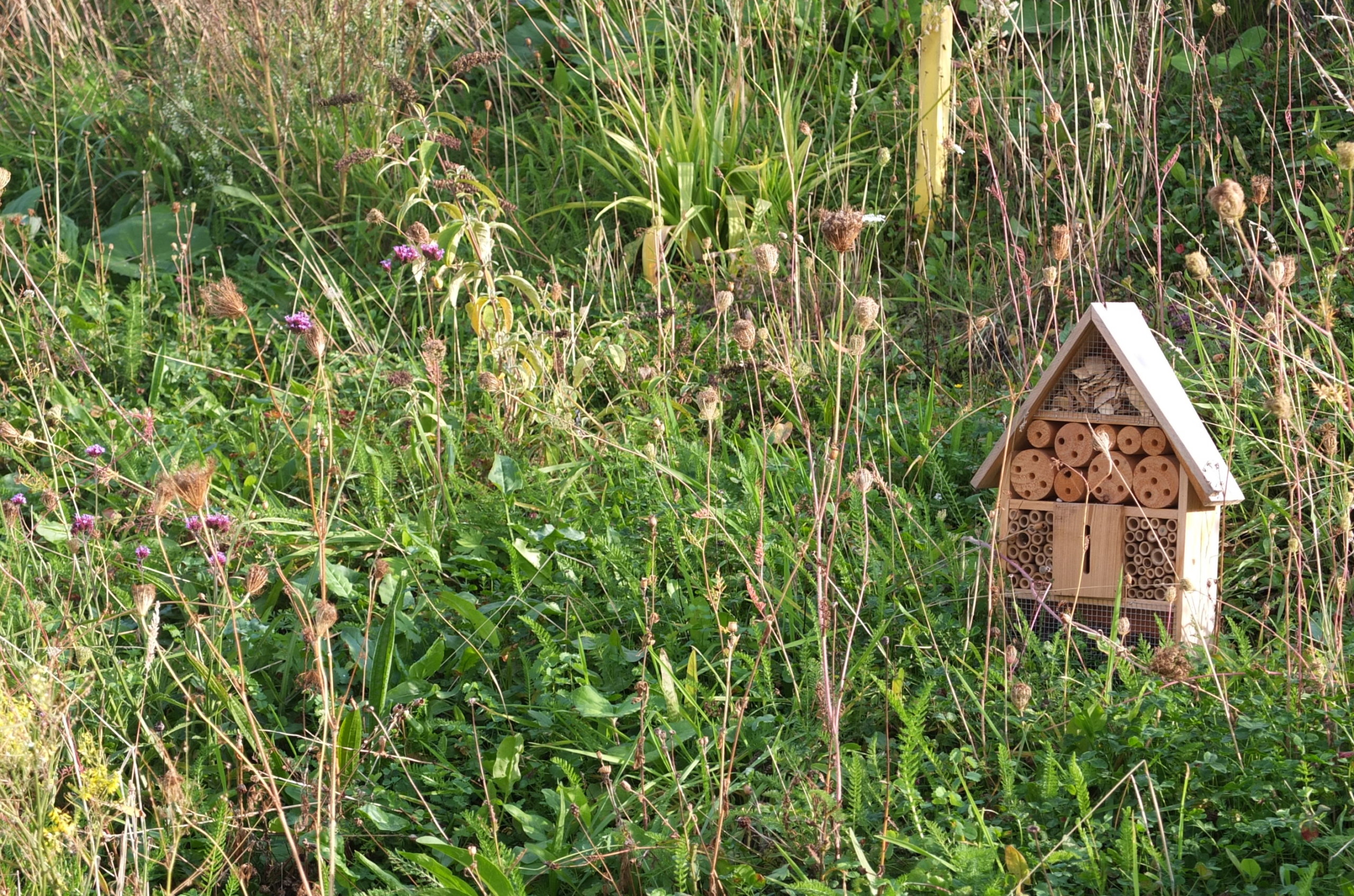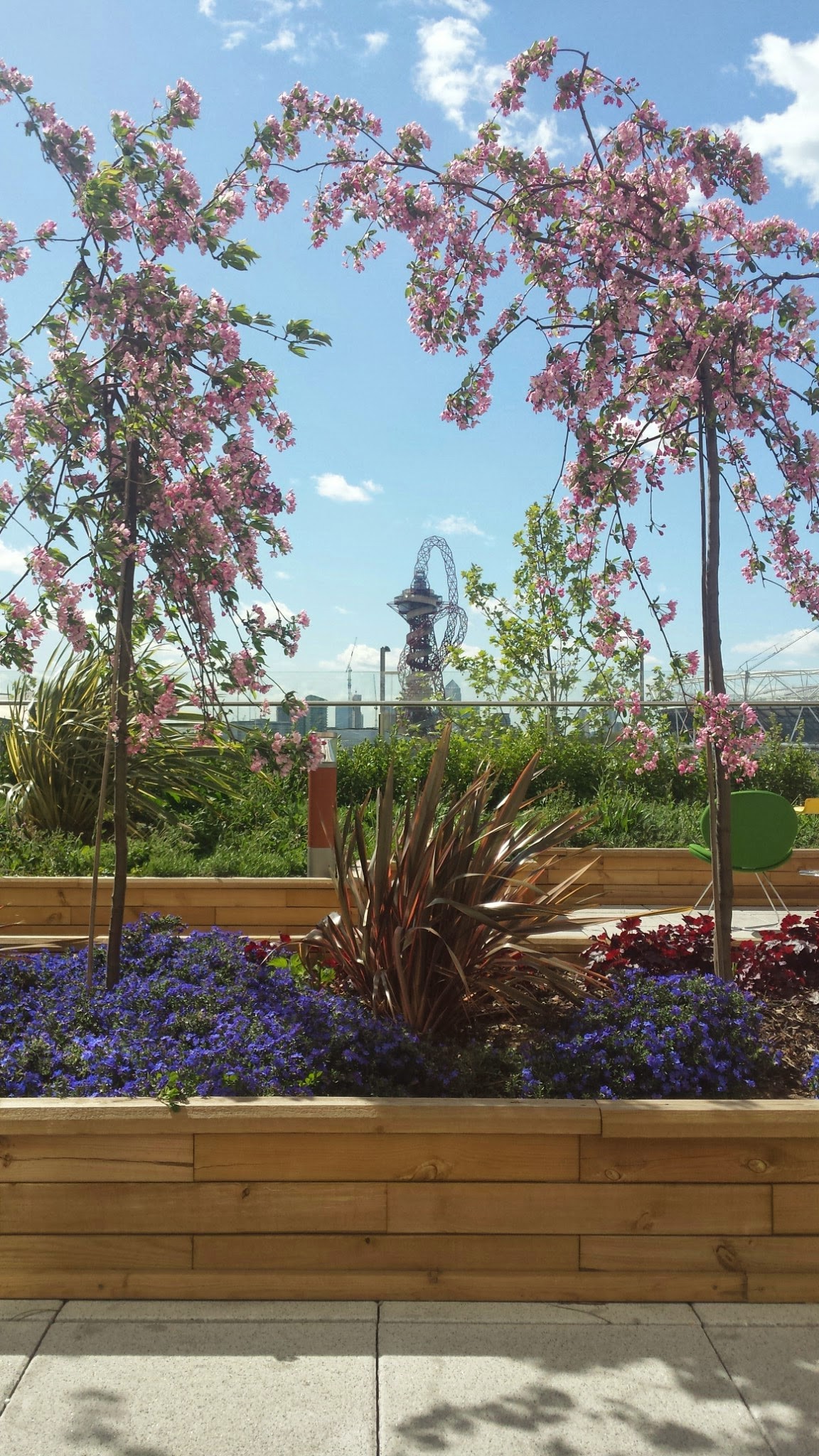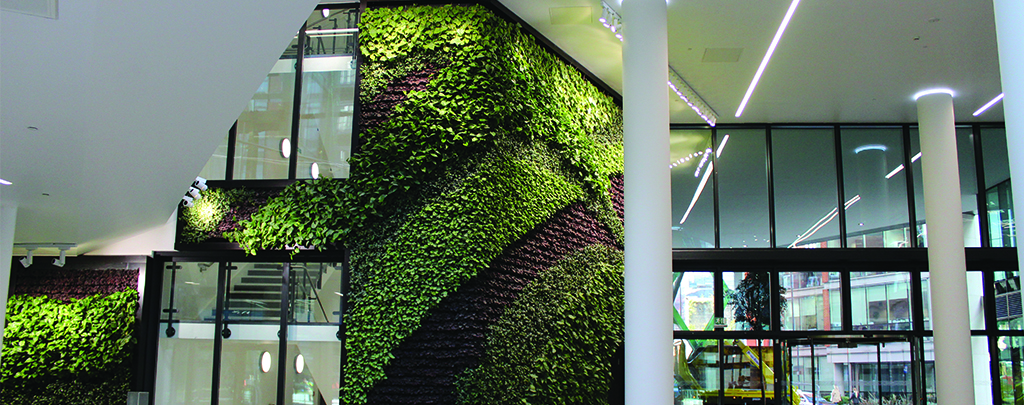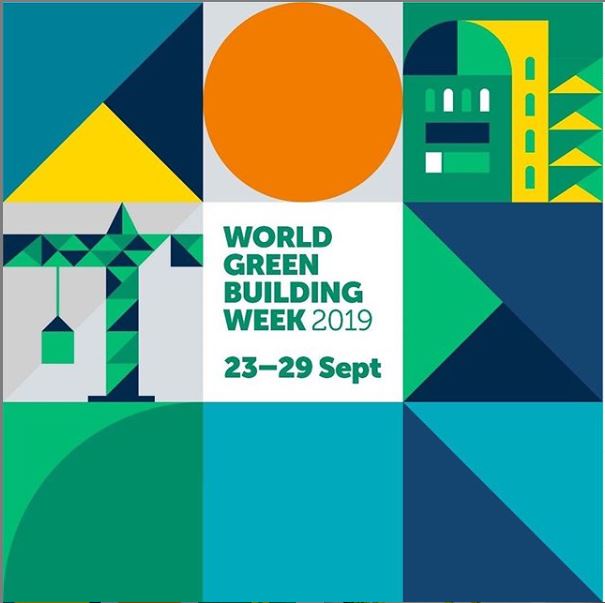
World Green Building Week calls for sustainable buildings for all
-
24 September 2019
This World Green Building Week is focussed on finding ways to create sustainable, healthy buildings for all. It’s a perfect message for our times, as the movement against climate inaction gets more insistent and industries’ impact on our globe come under increasing scrutiny.
Under the hashtag #buildinglife, this year’s campaign, according to organisers The World Green Building Council “aims to raise greater awareness of the carbon emissions from all stages of a building’s lifecycle, and therefore encourage new practices and new ways of thinking to work towards reducing carbon emissions from buildings.”
According to the Council, buildings and construction are responsible for 39% of global energy-related carbon emissions. Some 28% of these emissions come from the operational “in-use” phase to heat, power and cool them, while 11% of these emissions are attributed to embodied carbon emissions, essentially, carbon that is released during the construction process and material manufacturing.
This WGBW, the Council wants to look beyond the usual focus on operational emissions and how buildings perform in-use, to urge the building and construction sector to also tackle embodied emissions from the entire building lifecycle.
This approach, it claims, gives a better chance of fully decarbonising by 2050 to keep global warming to below 1.5 degrees.
So the message is clear: this World Green Building Week, the Councils is calling on all of the building and construction industry supply chain to decarbonise.
the Council lists a range of ways to approach this target:
- To source green and responsibly-sourced materials, to release fewer emissions and also improve the health and wellbeing of those in the buildings
- To design with sustainability in mind, aiming for resource efficiency and long-term energy savings and emission reduction
- To make considered choices in how buildings are constructed, where materials are sourced and how they are transported to site
- Ensure buildings are energy-efficient, use less water and create minimal waste. Diligent maintenance of green buildings can ensure they continue to perform well and last longer.
- When a green building finally does come to the end of its useful life, it should be deconstructed carefully, with the aim of reusing as many parts of it as possible to reduce waste and the need to for new resources.
- Prioritise refurbishing existing buildings and reusing/recycling materials
As interior landscapers, we certainly have our role to play in creating sustainable, healthy buildings. The effects of live indoor and outdoor plant displays can have both a direct and indirect effect on a building’s impact on the environment.
We also regularly assess our carbon footprint: containers and plants are reused where possible, and we recycle as much of our waste as we can, too. Also, our fleet of vans are shifting away from fossil fuels. There is still plenty of work to be done, but sustainable business practices are high on our agenda.
Meanwhile, our planted products are doing their bit to make buildings greener, and not just literally! Plants indoor and out have an impact on a building’s green status, helping to create healthier and more sustainable environments.
All buildings have had an effect on the natural environment that they are built on, but we work with clients to provide natural features around the structure to encourage biodiversity. Living roofs and walls, as well as thoughtfully landscaped grounds, all have proven success rates in providing havens for wildlife, even in the most urban environments.
Our interior living walls, indoor trees and office plants also do their bit: regulating humidity, providing fresher indoor air and absorbing harmful toxins emitted by all manner of common office décor and equipment, all done efficiently and naturally.
In large cities, innovative landscape architects are designing vertical forests, with whole skyscrapers covered in trees and large planting, and natural corridors, all to improve air quality and create havens for wildlife.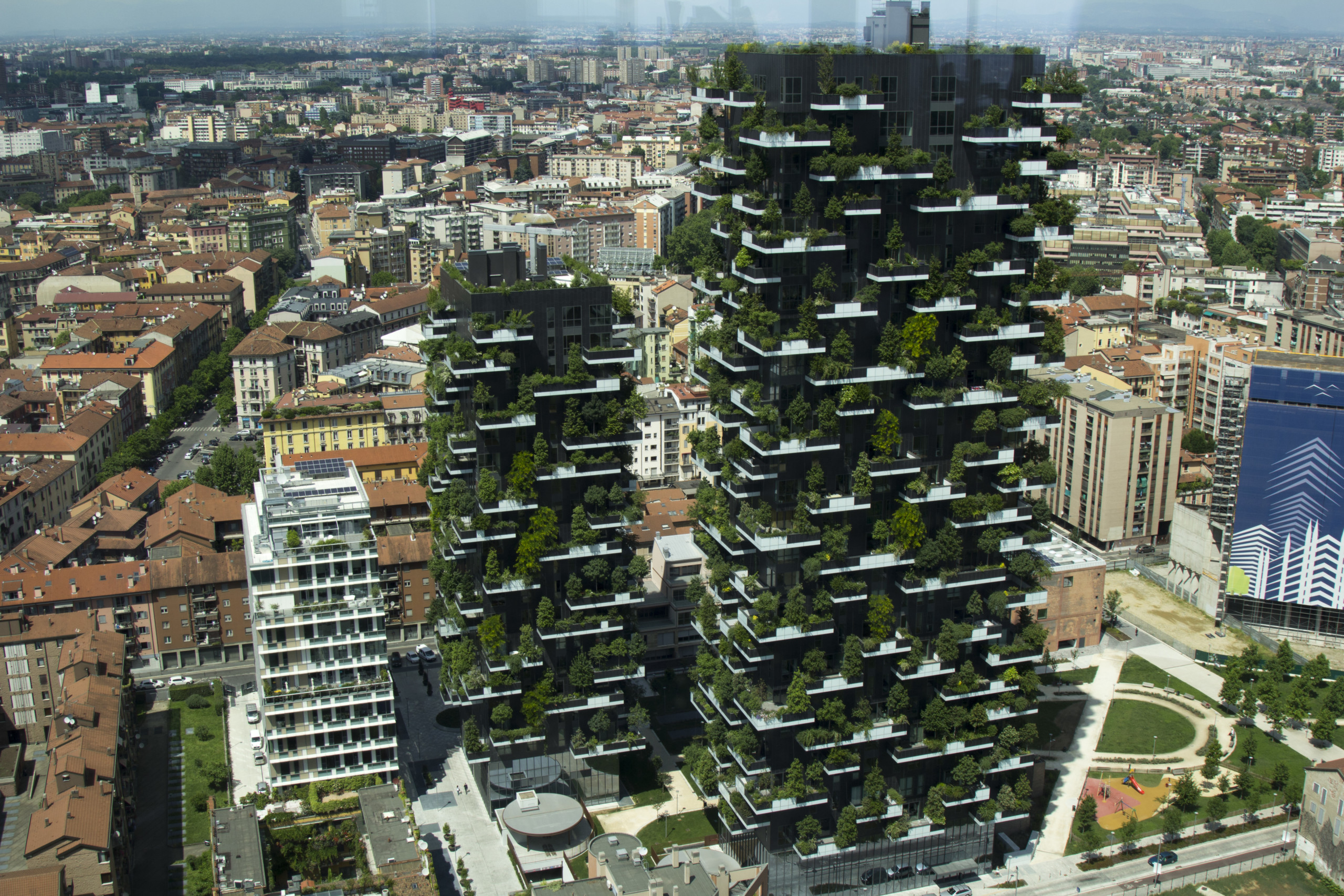
This World Green Building Week is an opportunity for all those involved in constructing and enhancing the built environment to look closer at their practices and set new, more sustainable goals for the year ahead. If we live and work in buildings which have a minimal impact on the environment, this should filter down into the rest of our day-to-day practices, too.
Click here to find out more about World Green Building Week.
To find your local Green Building Council, click here.
The growing business of infrastructure planting
As indoor planting continues to grow in popularity, offering a wealth of both visual and health benefits, so it follows that clients looking to maximise on the positive effects of planting are looking to integrate it into the infrastructure of their buildings. This is particularly the case, of course, in green building design.
“At Urban Planters we are getting more and more enquiries about designing infrastructure planting, the most popular being vertical green walls, which we can wrap around most surfaces of a building, both inside and out,” explains Tom Palfreyman, joint Managing Director and Head of National Sales.
“Infrastructure planting requires planning and experienced hands, but it offers a wide range of possibilities. By playing with different textures and tones of foliage, we are able to create all kinds of interesting designs which are big on both visual impact and biophilic benefits, be it through the therapeutic views of natural elements or via the plants’ air purifying properties.”
In recent schemes, we have wrapped living walls around pillars, covered entire, multi-storey interior walls in live planting, even created signage out of plants in bespoke frames. We’ve even run a living wall from inside to outside, past glazed boundaries, to create a seemingly seamless wall which looks to be am integral part of the building.
The latest technology allows us to remotely monitor and water the plants, which gives us scope to use a wide range of planting and lot of it, without too many visits to site while people are working. That said, we are diligent in ensuring our walls look fresh and vibrant and establish well into the structure.
Infrastructure planting allows companies to maximise on the number of plants without taking up valuable square footage on the ground and can also help building owners to attain green building certifications such as BREEAM.
“We often work with architects and builders at the design phase of a new building,” Tom continues. “This ensures the conditions such as lighting and air flow are just right for the plants and means we are able to create something which seems to be part of the building itself, a natural element at home in a built environment. I think this is the future of urban construction: finding an integral place for nature for a population increasingly removed from nature.”
Re-connecting with nature might also help us all to have a greater appreciation and respect for the natural environment we have built ourselves away from, and work ever harder to find innovative ways to reintroduce it where it once thrived.
Find out more about our living walls here.

